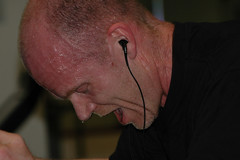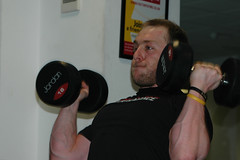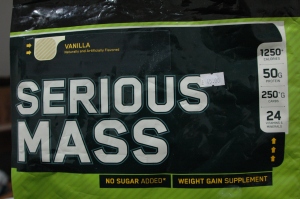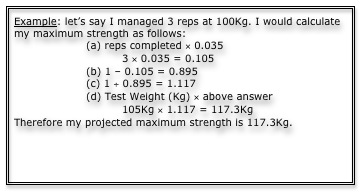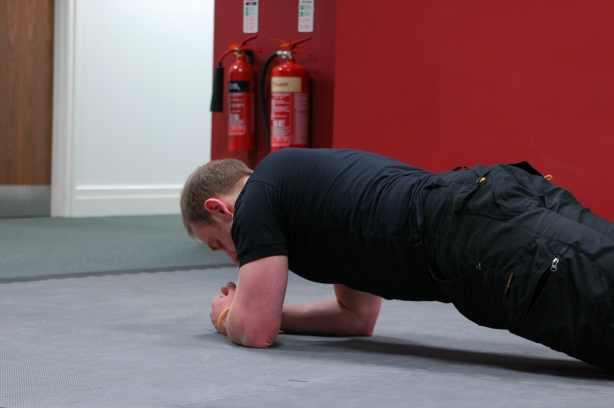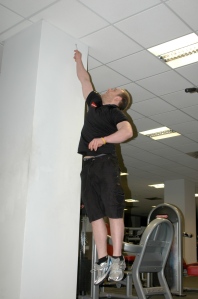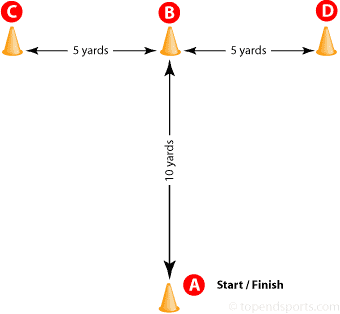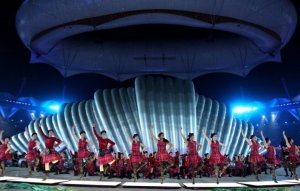
2010 Commonwealth Games Closing Ceremony
Jo Richards has recently returned from the 2010 Commonwealth Games where she was Factory Gyms’ shining star in the handover ceremony from Delhi to Glasgow. Well, in truth Jo was many people’s shining star, as she is a woman with many hats and many talents. So, freshly back from the Games we thought we’d ask Jo to share here experience and some training tips! Busy as ever, Jo was running from personal training client to her birthday celebrations…
Q. Did you enjoy being part of the 2010 Games?

Jo Richards
“It was one of the most amazing, crazy experiences of my life! I met so many great people, worked with some of the best choreographers in the business and got to go to India! Unforgettable!”
Q. How did you end up at the Commonwealth Games?
“Like most dancers I started at a very young age. Starting with Ballet, Jazz and Modern dance classes at my local dance school and continuing with classes when at university and also running one of the biggest dance societies with over 300 members. I have since been asked to teach for Dance Base (the National Centre for Dance in Scotland), Fitness Scotland, Telford College and the University of Edinburgh. Then, early this year, I was asked to be the representative for Dance Base at the 2010 Commonwealth Games.”
Q. What did your training for the event involve?
“We went through an intense 3-week Boot Camp in Glasgow for up to 8 hours a day. It was tough! Each day we undertook some body conditioning to help everyone get into shape and develop the strength needed for the performance. The training was very functional and in line with the types of movements we were doing. Lots of sprints, steady cardio drills, lots of core and flexibility training. It was physically and mentally demanding – the logistics of coordinating 350 people is no small feat!”

Handover to Glasgow Games
Q. What did you learn from the training?
“That mass choreography is a lot more complicated than you’d think! Also, to always have a back-up plan!”
Q. In general, how do you prepare for a dance event?
“Practice, practice, practice! It’s like any physical skill, the more you practice, the more autonomous and efficient your body becomes. There is always something to improve in your performance.”
Q. What is your favourite drill or exercise?
“I’m a big fan of interval training – be it running intervals or circuit training. Coming from a dance background, I like to create my own exercises whereby I take traditional gym- based exercises and develop them.”
Q. Do you do any strength training?

A very Scottish close to the Delhi Games!
“Strength is very important in my job. I mostly use bodyweight exercises for my strength training – Pilates based exercises such as fireflies and lunging twists. I also enjoy using the HumanSport cable pulley systems as they allow freedom of movement in all directions.”
Q. Is rest important? Do you actively ensure you rest?
“Rest is extremely important. I always make time for myself and even treat myself to a massage every now and then! Working in so many dance projects, juggling clients and being on the go 6 days a week is no mean feat. I’m very passionate about what I do but have learnt I’m not invincible. No one is! It has taken time to get to know my limits and take some ‘me’ time.”
Q. Is weight management important for what you do?

Stay Cool Folks!
“Yes. Firstly, being female you are always body conscious and secondly being a dancer and personal trainer you are expected to look a certain way. I’m very lucky in that I have always been very active and athletic and haven’t had long periods out of exercise or sport. I feel getting kids to be active at an early age really is the key. I have always taken the advice of my Mum that everything is fine in moderation, I really believe that to be true. You also have to work hard for what you want, that goes for anything in life.”
“I don’t follow a strict diet but consider carefully what I choose to eat. What I put in my body needs to fuel it to allow me to do my job effectively. I like lots of variety. I’ve always had a healthy appetite and I’m not picky. I try to avoid processed food – I love fresh fruit and veg, particularly raw. In the winter you can’t beat homemade soup.”
Q. Do you/ have you ever taken any supplements? If so what?
“I take extra vitamin C when the winter months begin to kick in, and if I begin to feel a little run down. Vitamin B complex is great to ensure you get maximal energy gains. I also take glucosamine and chondroitin to keep my joints fluid and supple.”
Q. What is it about dance that you enjoy?
“You can totally lose yourself. If you’ve had a bad day or have too much on your mind, you can take your mind away from your problems and focus on something else. Also there are so many different types to try. It’s a great way to meet people, get fit and develop so many skills without even realising! Balance, coordination, flexibility, spatial awareness, etc, etc… the list is endless.”

Commonwealth Games 2010
Q. Having been a dance professional for so long, how do you keep learning?
“I believe in any profession you never stop learning. Once you think you do, it’s time to get out. Dance, like music, science, and media is always developing and changing. There are always new techniques and methods and progressions in style to learn. It’s such an exciting thing to be a part of.”
Q. What’s next?
“Next up, I’m teaching some Hip Hop workshops for the Scottish Universities Dance Day being held on the 7th November. I’m also working on the Dance Base Christmas Show and the Edinburgh University annual dance performance, which will be in March 2011.”

